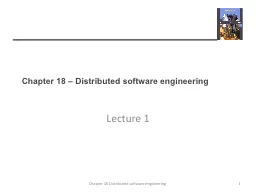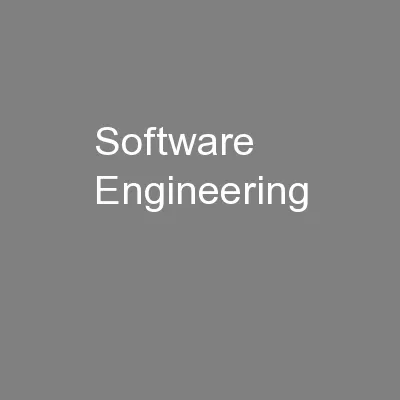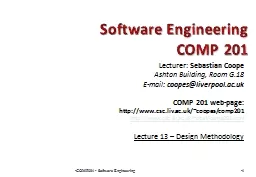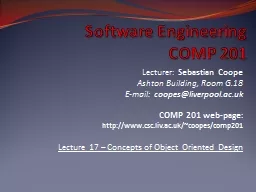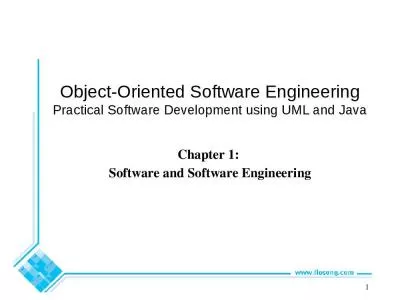PPT-Introduction to Software Engineering
Author : trish-goza | Published Date : 2018-02-27
Lecture 7 André van der Hoek Todays Lecture Module design Todays Lecture Architectural design revisited Module design Interfaces Official ICS 52 design notation
Presentation Embed Code
Download Presentation
Download Presentation The PPT/PDF document "Introduction to Software Engineering" is the property of its rightful owner. Permission is granted to download and print the materials on this website for personal, non-commercial use only, and to display it on your personal computer provided you do not modify the materials and that you retain all copyright notices contained in the materials. By downloading content from our website, you accept the terms of this agreement.
Introduction to Software Engineering: Transcript
Download Rules Of Document
"Introduction to Software Engineering"The content belongs to its owner. You may download and print it for personal use, without modification, and keep all copyright notices. By downloading, you agree to these terms.
Related Documents


